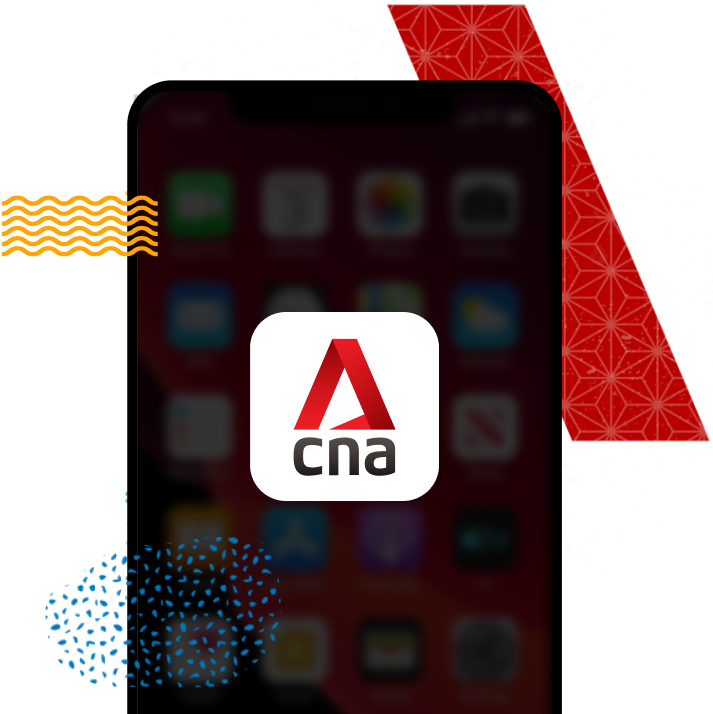QR code clearance trial for bus travellers to begin at Singapore checkpoints
The trial will roll out first at Tuas Checkpoint on Nov 23, followed by Woodlands Checkpoint on Nov 28.

Automated lanes at a bus hall being used for the QR code clearance trial (left), and a QR code generated via the MyICA mobile application. (Photos: Facebook/ICA)

This audio is generated by an AI tool.
SINGAPORE: Travellers crossing the Woodlands and Tuas checkpoints by bus will soon be able to clear immigration using QR codes, as part of a trial beginning on Nov 23, the Immigration and Checkpoints Authority (ICA) said on Thursday (Nov 21).
The trial will roll out first at Tuas Checkpoint on Nov 23, followed by Woodlands Checkpoint on Nov 28.
It will be conducted at selected automated lanes and special assistance lanes at the arrival and departure bus halls at both Woodlands and Tuas Checkpoints, ICA said in a Facebook post.
Signs will be placed in the bus halls to indicate the trial lanes, and ICA officers will be on standby to provide assistance, the authority said.
The trial is open to Singapore citizens, permanent residents, long-term pass holders, and foreign visitors who have visited the country before.
“Eligible bus travellers are encouraged to participate in the trial to help ICA finetune our processes for better traveller experience of the QR code clearance at bus halls,” ICA said.
How to clear immigration with QR codes at Woodlands and Tuas checkpoints
Eligible bus travellers may follow these steps to generate an individual QR code or group QR code for immigration clearance at the selected lanes:
- Step 1: Download the MyICA mobile application and select “QR Code at Land Checkpoints”.
- Step 2: Generate either an individual or group QR code. Group travellers using the special assistance lanes may generate a group QR code and select “Bus” as the vehicle type.
- Step 3: Proceed to the trial lanes and scan the QR code at the passport scanning area. ICA will retrieve the passport details stored in the QR code and the first "flappers", or gates, open upon verification for travellers to enter the lane.
- Step 4: Present biometrics (facial and iris/fingerprint) for verification. The second flapper opens upon biometrics verification and travellers exit the lane (i.e. cleared immigration)
The use of QR codes for immigration clearance has been gradually introduced this year.
It was first implemented for car travellers on Mar 19, before being extended to bus drivers on Apr 15. Bus passengers still have to alight and physically scan their passports and clear immigration, before boarding the bus again.
The system will be progressively extended to other zones, such as motorcycles and lorries, by the end of this year, an ICA officer told CNA in July.
Physical passports are still required to cross Malaysia’s checkpoints.
Following a successful trial involving buses and motorcycles that began in June and ends this month, Malaysian Home Minister Saifuddin Nasution Ismail said on Monday that Malaysian drivers and commuters will be able to cross between Johor and Singapore using QR codes instead of passports from next year.
For now, only Malaysian citizens on Malaysian-registered vehicles will be able to use QR codes at the Johor land checkpoints, a spokesperson from the Home Ministry told CNA on Tuesday. It is unclear if Malaysians using Singapore-registered vehicles are eligible.

















